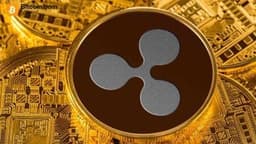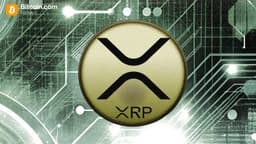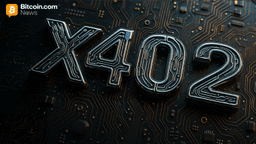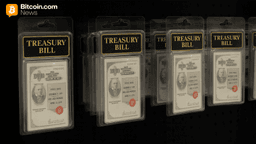- Wallet
- Blockchains

Search
Cardano (ADA) is a third-generation blockchain platform focused on scalability, interoperability, and sustainability, built to run decentralized applications (dApps) with enhanced security and efficiency. Founded by Charles Hoskinson in 2017, Cardano uses a unique Proof of Stake (PoS) mechanism called Ouroboros, which is designed to be more energy-efficient than Proof of Work (PoW) systems. Cardano is built with a scientific approach, supported by peer-reviewed research and a layered architecture that separates the computation and settlement layers. ADA, Cardano's native cryptocurrency, is used for staking, paying transaction fees, and participating in the network's governance. Cardano's ecosystem is rapidly expanding, especially in areas like decentralized finance (DeFi), NFTs, and digital identity. Access live ADA prices, historical data, and market insights on our Cardano Markets page to explore Cardano’s potential in the evolving blockchain space.
Cardano (ADA) is a blockchain platform built for efficiency and security, designed to support decentralized applications. It uses a unique Proof of Stake (PoS) mechanism, making it energy-efficient compared to other blockchain systems.
Cardano's Proof of Stake mechanism, Ouroboros, allows ADA holders to stake their tokens to secure the network and validate transactions. This consensus mechanism is known for being energy-efficient and robust in security.
ADA is used for staking, paying transaction fees, and participating in governance decisions within the Cardano network. It supports the ecosystem by enabling decentralized applications and financial services.
You can store Cardano (ADA) in hardware wallets like Ledger or in Cardano-specific wallets like Daedalus and Yoroi, which provide secure and convenient options for managing ADA.
Cardano stands out for its scientific and peer-reviewed approach, as well as its layered architecture, which separates transaction processing from computation. This approach aims to optimize security, scalability, and flexibility.
Cardano’s technical foundations and growing ecosystem have attracted interest as an investment. However, investing in ADA or any digital asset involves market risks and should be based on personal research and financial goals.
Yes, Cardano is expanding into decentralized finance (DeFi) and supports NFTs. Its secure and scalable platform is attracting developers and projects in these sectors, contributing to a vibrant ecosystem on Cardano.

Ripple’s acquisition of Hidden Road to form Ripple Prime propels XRP and RLUSD to the forefront of institutional finance, merging blockchain infrastructure with global markets and unlocking seamless access to digital assets, derivatives, and cross-asset liquidity.

Bitcoin and ethereum are emerging as top paths to financial freedom, with Robert Kiyosaki warning that fear of missing out (FOMO) is real for those clinging to outdated systems instead of embracing scarce, soaring digital assets now.

XRP’s explosive growth in regulated derivatives markets is igniting a powerful wave of institutional momentum, as record futures and options volumes at CME Group highlight accelerating demand, deepening liquidity, and expanding confidence across compliant crypto trading venues.

Learn how x402 tokens could unlock new payment possibilities with instant micropayments and zero protocol fees.

Tokenized U.S. Treasuries quietly flexed their onchain muscle this week, climbing to $8.41 billion in value.
